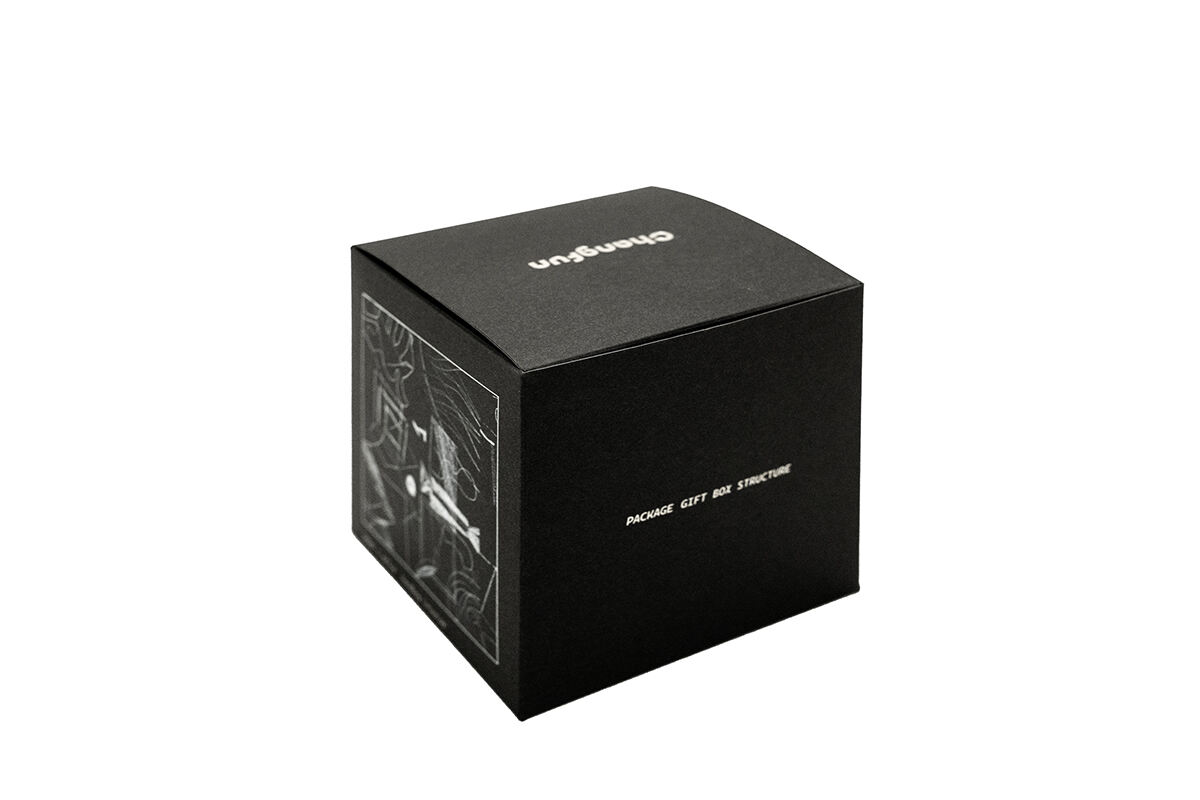
בעולם ההדפסה המסחרית, השגת איכות יוצאת דופן על פסיפס מחייבת שליטה בטכניקות הדפסה מתקדמות. הדפסה אופסט עומדת כתקן הזהב בסיוע להשגת תוצאות יוצא דופן, במיוחד כשמדובר בחומרי פסיפס. שיטת עתיקה זו ממשיכה לשלוט בתעשיית האריזה והתצוגה, ומציעה דיוק יוצא דופן בצבעים, בפרטים ובאיכות יצוא קבועה, שאינה מתאפשרת בשיטות הדפסה אחרות.
היחסים בין הדפסה אופסט לבין פסיפס הם סינרגטיים במיוחד. התכונות הייחודיות של ההדפסה האופסט – היכולת להעביר דיו בהגדרה גבוהה ובהצגה עקבית – הופכות אותה לאידיאלית למשטחים ולחיבורים שונים של חומרי פסיפס. ככל שנבחן את הקשר הזה בפירוט, נגלה מדוע אנשי מקצוע בתעשייה בוחרים שוב ושוב בהדפסה אופסט עבור הפרויקטים המאתגרים ביותר שלהם בפסיפס.
הדפסה אופסט מודרנית משתמשת במערכות ניהול צבעים מתקדמות שמבטיחות דיוק ועקביות יוצאי דופן בצבע. מערכות אלו משתמשות בטכנולוגיה ספקטרופוטומטרית מתקדמת כדי למדוד ולשלוט בצורה מדויקת בצפיפות הדיו, ומאפשרות להדפיס עקביות מושלמת של צבעי המותג, בין אם מדפיסים אלפי פריטים או מיליוני פריטים.
היכולת לשמור על שליטה מדויקת בצבע היא קריטית במיוחד לעטיפת מותגים, שבה עקביות צבע היא גורם מרכזי בהכרת המותג ובאימות המוצר. היכולות המתקדמות של הדפסת אופסט בניהול צבע מאפשרות להשיג התאמות צבע Pantone מדויקות ולשמור עליהן לאורך ריצות ייצור ממושכות.
לביצועי ההדפסה באffset מצויינת טכנולוגיית הלוחות ומנגנון העברת התמונה. לוחות אלומיניום מודרניים, שטופלו באמצעות ציפויים פוטו-רגישים, מסוגלים להחזיק פרטים עדינים במיוחד ולשדר תמונות בבהירות יוצאת דופן. בעת הדפסה על פסיפס נייר, זה מתורגם לטקסט חד יותר, גרפיקה חדה יותר ושחזור מדויק יותר של פרטים עדינים.
תהליך ההעברה העקיף - שבו התמונה עוברת מהלוח לשמיכה למצע - למעשה משפר את איכות ההדפסה על קרטון. העברה כפולה זו מסייעת לייעל את פריסת הדיו ומבטיחה כיסוי אחיד על פני משטחים חלקים ומרקמיים כאחד, וכתוצאה מכך איכות הדפסה מעולה ללא קשר למאפייני פני השטח של הקרטון.
הדפסת אופסט עובדת בצורה מעולה עם דרגות נייר קרטון שונות, החל מקרטון מקופל סטנדרטי ועד לקרטון מאוחד מאושר (SBS) איכותי. ניתן לכייל את תהליך ההדפסה כדי להתאים אותו לתכונות פני השטח השונות, מה שמאפשר להדפיס להשיג תוצאות אופטימליות במגוון רחב של مواصفות נייר קרטון. גמישות זו הופכת את הדפסת האופסט לערכה מיוחדת מאוד לייצרני אריזות העוסקים בדרישות חומרים מגוונות.
היכולת להתאים את פרמטרי ההדפסה עבור דרגות שונות של פלטות נייר מבטיחה איכות עקבית ללא תלות בסוג הסובסטרט. בין אם מדפיסים על פני שטח מצופים או לא מצופים, טכניקת ההדפסה באffset שומרת על יכולת שיבוץ יוצאת דופן, ומספקת תוצאות מمتازות בכל טווח חומרי הפלטות.
יתרון עיקרי אחד של הדפסה אופסטית הוא התאימות שלה עם מגוון טיפולים שטحيים ואפשרויות ציפוי. מדפיסים יכולים להחיל ציפויים מיוחדים באופן מקבילי במהלך תהליך ההדפסה, להוסיף ערך ולשפר את המוצר הסופי. יכולות אלו מאפשרות יצירת אריזות מתקדמות עם מגוון אפשרויות גימור, מציפוי ברק גבוה ועד לציפויים בעלי תחושת רכות.
הגמישות של ההדפסה האופסטית מתרחבת לאפקטים מיוחדים וטכניקות גימור שניתן לשלבן בתהליך ההדפסה. דיו זהוב, צבעי נייר מיוחדים ושרפים שונים יכולים להיטיל בקרה מדויקת, ומייצרים חוויות ויזואליות ומגעיות משופרות שמוסיפות ערך משמעותי לאריזות ולתצוגות קרטון.
מדפסות אופסט מודרניות פועלות במהירויות מרשים תוך שמירה על תקנים גבוהים באיכות. היכולת הזו של מהירות גבוהה, בשילוב עם תפוקת איכות עקיבה, הופכת את הדפוס באופסט לאפקטיבי מבחינה עלותית במיוחד להדפסות גדולות ובינוניות של קרטון. בקרות מתקדמות במכונות הדפוס ומערכות אוטומציה מבטיחות שהאיכות תישמר קבועה גם במהירויות הייצור המרביות.
היעילות של הדפוס באופסט מתרחבת מעבר למהירות בלבד. זמני הכנה מהירים, בזבוז מינימלי במהלך ההגדרה, והיכולת לשמור על איכות עקיפה לאורך ריצות ארוכות תורמים ליעילות ייצור כוללת. גורמים אלו הופכים את הדפוס באופסט לבחירה עלות-אפקטיבית ליישומים של קרטון שבהם לא ניתן להתפשר על האיכות.
מערכות הדפוס האפffset של ימינו כוללות כלים מתקדמים לניהול איכות המאפשרים הערכה מתמדת של איכות הדפוס במהלך הייצור. מערכות בדיקה מתקדמות יכולות לזהות ולתקן סטיות קלות לפני שהן הופכות לבעיות גלויות, ומבטיחות איכות יציבה לאורך כל רצף הדפוס.
מערכות הניטור הללו ממלאות תפקיד מרכזי בשימור הסטנדרטים הגבוהים הנדרשים לערבות דבוקים יוקרתית. הן עוזרות לצמצם פסולת, למקסם את יעילות הייצור, ומבטיחות שכל פריט מדפוס עומד בדרישות המדויקות, מה שחשוב במיוחד בתעשיות נציבות כמו אריזות תרופות.
הדפסת אופסט מודרנית התפתחה והפכה להיות יותר ברת קיימא מבחינה סביבתית. חיפויים מבוססי מים, דיו בסיס ירקות וחומרים ידידותיים לסביבה אחרים הפכו לאפשרויות סטנדרטיות, ומאפשרים להדפיס לעמוד בדרישות הגוברות לפתרונות אריזה ברת קיימא. חדשנות זו שומרת על איכות הדפסה גבוהה שאופיינית להדפסת אופסט, תוך צמצום ההשפעה הסביבתית.
הפיתוח של טכנולוגיית לוחות חปรา כימיקלים וצמצום תוכן האלכוהול בפתרונות המאנה מעצימים עוד יותר את התעודות הסביבתיות של הדפסת אופסט. התקדמות זו, בשילוב עם מערכות טובות יותר לצמצום פסולת, הופכת את הדפסת אופסט לבחירה עמידה בהרבה לשימוש בApplications של פלטות נייר.
הדיוק והעקביות של הדפסה אوفסט תורמים לצמצום משמעותי של בזבוז חומרים. בקרות מתקדמות של מדפסות ומערכות אוטומטיות עוזרות למקסם את השימוש בשמן, להפחית בזבוז נייר במהלך ההכנה ולשמור על איכות עקיבה לאורך כל התהליך. יעילות זו לא רק מקטינה את העלות, אלא גם ממזערת את הרגל הסביבתי של פעולות ההדפסה.
יתר על כן, העמידות ואורך החיים של חומרים מודפסים באופסט משמעותם שהמוצרים דורשים החלפה תכופה פחותה, מה שתורם לחיסכון כולל במשאבים. היבט זה רלוונטי במיוחד לאריזות קרטון, שבהן הגנה על המוצר וחיי המדף הם שיקולים מכריעים.
הדפסת אופסט מנצחת ביישומים על פלטות נייר בזכות דיוק צבעים עליון, איכות עקבית לאורך ריצות ארוכות, והיכולת להתמודד עם דרגות וסיומות שונות של פלטת נייר. תהליך העברה עקיף מבטיח פריסה אופטימלית של הדיו, מה שמייצר תמונות וטקסט חדים יותר, בעוד שמערכות ניהול צבע מתקדמות שומרות על צבעי המותג בדיוק לאורך כל הייצור.
בעוד שהדפסה דיגיטלית מציעה יתרונות לריצות קצרות ולנתונים משתנים, הדפסת אופסט מספקת בדרך כלל תוצאות טובות יותר לפרויקטים בינוניים וגדולים של פלטות נייר. הדפסת אופסט מספקת עקביות צבעים טובה יותר, השתקפות פרטים חדה יותר, ויותר אפשרויות סיום, מה שהופך אותה לבחירה המועדפת ליישומי אריזה ותצוגה פרימיום.
הדפסה אופסטית מודרנית מציעה יתרונות רבים בתחום הקיימות, כגון שימוש בדיו ובקטנים ידידותיים לסביבה, הפחתת פסולת באמצעות מערכות בקרה מדויקות ושיפור יעילות המשאבים. העמידות של חומרי הדפס אופסט תורמת גם היא למחזורי חיים ארוכים יותר של מוצרים, מה שמפחית את ההשפעה הסביבתית הכוללת.